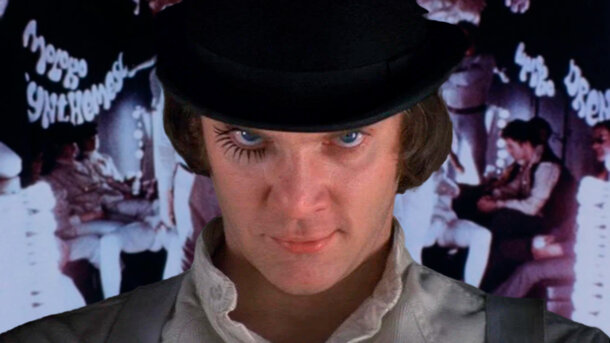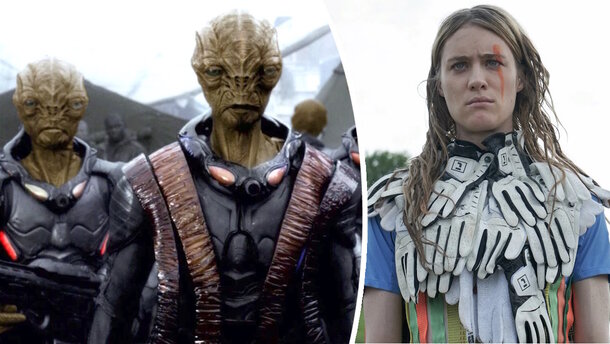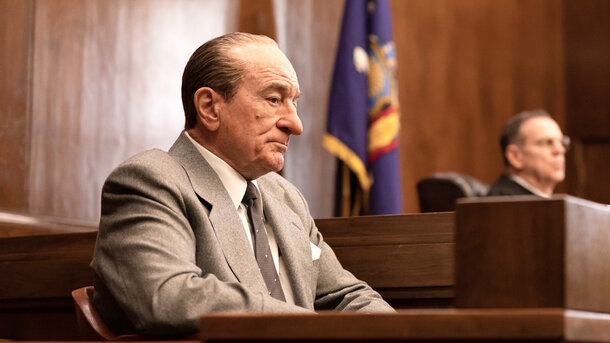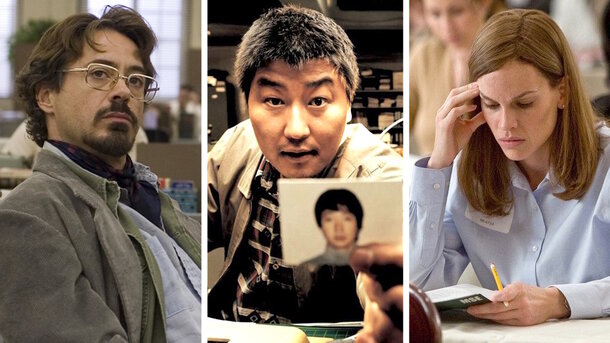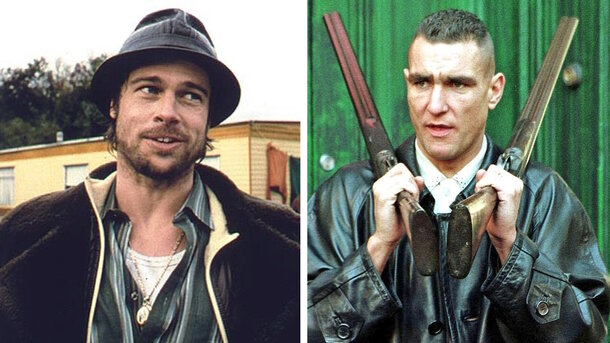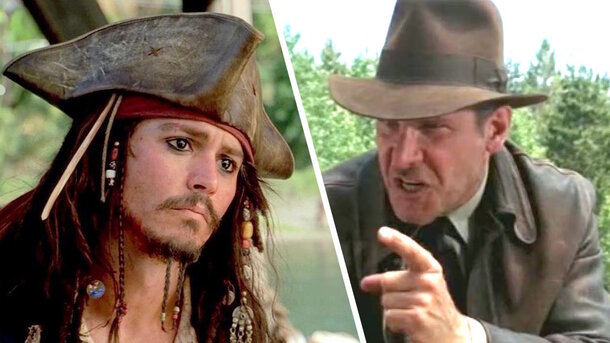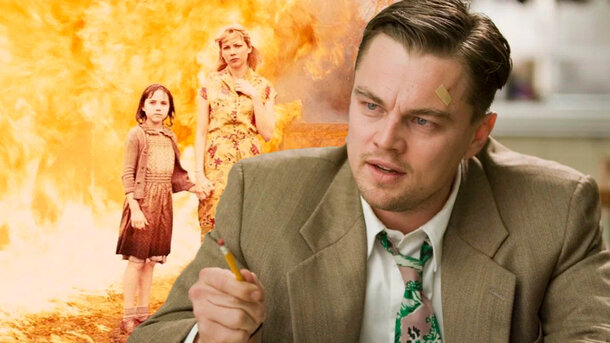Some films have become not only legends of world cinema but have also gifted us soundtracks that are easily recognizable from the very first notes. These melodies do not just accompany the plot — they themselves become part of the story. Here are three films with iconic musical themes that changed the perception of cinema.
Lift to the Scaffold (Elevator to the Gallows in USA)

This debut film by Louis Malle not only entered the history of the French New Wave but also became a true event thanks to its' soundtrack. The main musical theme was created by the legendary jazz musician Miles Davis, who recorded it in just one day with a team of four musicians.
The melodies are a complete improvisation, rich in tension and seduction, perfectly conveying the atmosphere of film noir. The story of lovers caught in a dangerous situation due to an attempt at the perfect murder found it's unique rhythm thanks to jazz.
A Man and a Woman (1966)
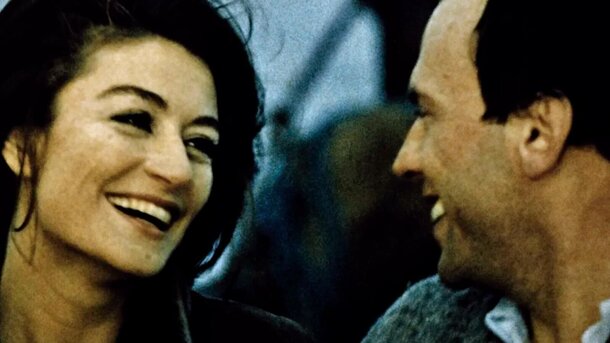
Claude Lelouch, inspired by a moment in Deauville, created one of the most touching melodramas. A widow and a widower meet to start life anew, but their past complicates the future. The soundtrack by Francis Lai, created even before filming, became the soul of the film. The light and cheerful melody conveys both a bright sadness and hope at the same time. The musical theme of the film is still associated with romance and a slight touch of nostalgia.
The Good, the Bad and the Ugly
This masterpiece by Sergio Leone became the embodiment of the western genre, largely thanks to the soundtrack by Ennio Morricone. The composer combined themes for the three main characters into a single musical composition, highlighting their personalities: a soprano flute for the Gunman, an ocarina for Sentenza, and a male vocal reminiscent of a coyote's howl for Tuco. The melody of The Good, the Bad and the Ugly became not just a musical symbol of the Wild West but also an inspiration for many composers around the world.

